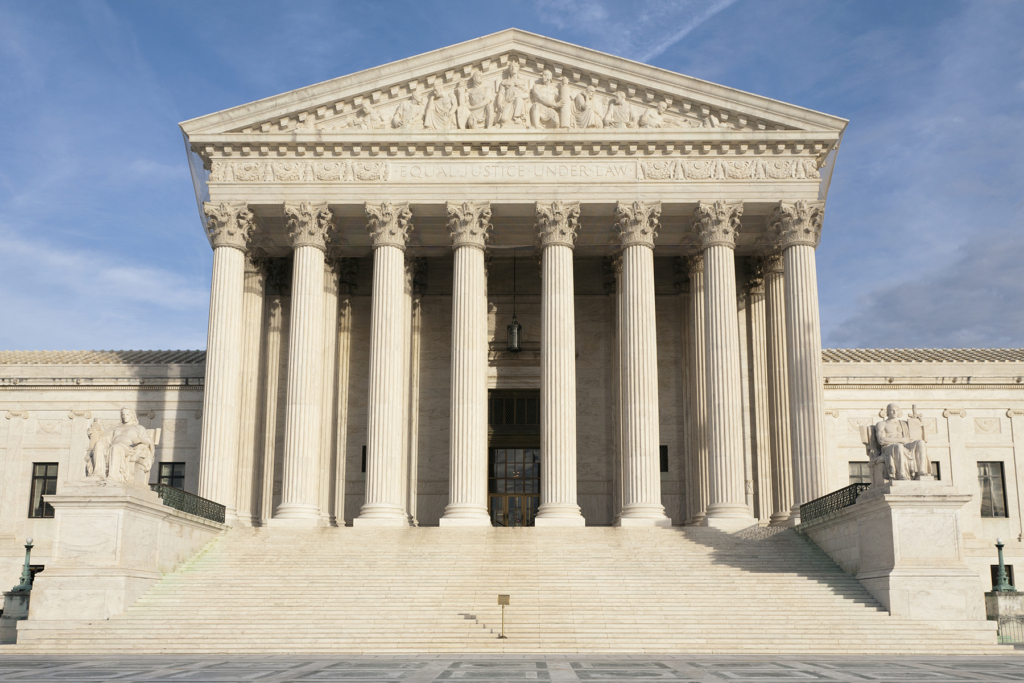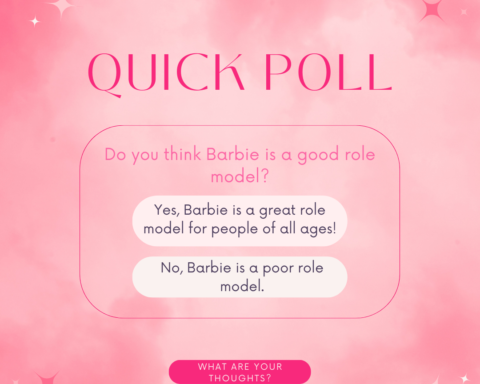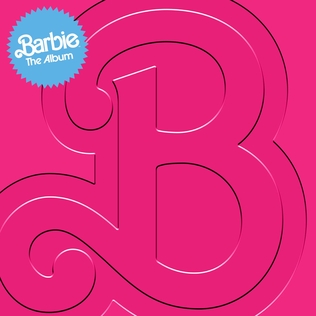
By Ethan Dixon, Frisco (Texas) Heritage High School
Soon-to-be college students are left asking how the Supreme Court’s recent decision to ban affirmative action might affect them.
Affirmative action, first enacted in 1961, survived through the Cold War, 12 presidents, 22,460 days, and over 61 years before its federal ban in a 6-3 decision June 23.
Oklahoma State Sen. George Young stressed the importance of diversity in an interview with OIDJ.
“You limit your ability to be great when you’re focusing on one avenue,” Young said. “Diversity is good, and I’m not afraid of it. Once you learn the richness of people who have gone through struggles that are not like yours, you learn that you can come together because of those struggles.”
Young was born and in raised in Memphis, Tennessee, in the heart of the Civil Rights movement, and as an African American male he faced difficulties growing up, including seeing his older siblings fight to get into college.
“I was worried because I graduated high school in ’72. I had at least three brothers and two sisters who had gone to college before me, so I understood the process.”
Now the younger generation may be facing similar problems from the past due to the recent ruling. Soon-to-be college freshman Zyer Henry opposed the federal affirmative action ban at first, but, after considering more facts and statistics, his thoughts about the ban became more complex.
This is because many statistics show some colleges became more diverse after state-level bans, including Henry’s choice, the University of Oklahoma. OU’s class of 2025 was the largest, most diverse and highest academically qualified freshman class in the school’s 131-year history, according to the OU fact books.
This class included 4,582 students, with 38% identifying as minorities. That compares to a freshman minority subtotal of 30% in fall of 2012 when the state of Oklahoma banned affirmative action in November 2012.
“If I could get to college for my work, I would rather do that than go to college because I’m Black,” Henry said.
However, he still thinks affirmative action should be kept alive, admitting that it is a tough issue, especially when other factors like cost of tuition come into play.
Henry said stands on affirmative action could, for some, depend on whether they’re financially able to afford college without outside support. It could also be influenced by students’ wishes for the type of student body they’ll join, depending on the diversity of different schools and the impacts of the court’s decision.
“Although if you do care about it,” Henry said, “as a young black man you would choose a school like UNT that is more diverse.”
The facts back up Henry as UNT has a minority percentage of around 50%. Almost 20% more than OU, according to UNT Demographics & Diversity Report.
What is affirmative action?
According to the Office of Equal Opportunity and Diversity on March 6, 1961, President John F. Kennedy issued Executive Order 10925, which included a provision that government contractors “take affirmative action to ensure that applicants are employed, and employees are treated during employment, without regard to their race, creed, color, or national origin.”
The intent of this executive order was to affirm the government’s commitment to equal opportunity for all qualified persons and to take positive action to strengthen efforts to realize true equal opportunity for all. This executive order was superseded by Executive Order 11246 in 1965.
Like Henry, rising high school senior Jeremiah McBurrows was at one point confident in his answer concerning the Supreme Court decision, but, as the interview went on hesitation arose in McBurrows.
“This conversation has opened my eyes to the other side (of the argument),” McBurrows said.
McBurrows is also not certain that the statistics communicate the situation effectively.
“In my eyes, those numbers don’t communicate (well), from what I’m seeing in society and its ability to be equal.”
McBurrows also addressed the harm that affirmative action can bring to minorities, stating a common pretense.
“Everyone that gets in through Affirmative Action (people can claim) just gets in because ‘oh, you’re Hispanic oh, you’re Native American oh, you’re Black’. You deserve to get in here because we need more numbers to appease the masses.”
Sen. Young addressed the same issue.
“I noticed people making a point on, “Well you got in because of special code.” I don’t care how I got in. You’re not going to let me in unless something makes you let me in.”
Though similar to Henry, McBurrows stuck to his initial answer saying, “I believe the harm that comes from affirmative action is far outweighed by the positive – that being, the giving of opportunities and integration to those who are marginalized in our society.”
Young was confident throughout his interview saying, “That’s my point with affirmative action. Somewhere down the line we had to say you can’t do what you want to do. You got to do was best for everybody. If that does not happen, you don’t have the diversity we have today.”
“I am not ashamed. I think it’s great because, otherwise I wouldn’t be able to show you all of the possibilities that exist in me if it had not been to a certain degree for affirmative action,” Young said.





